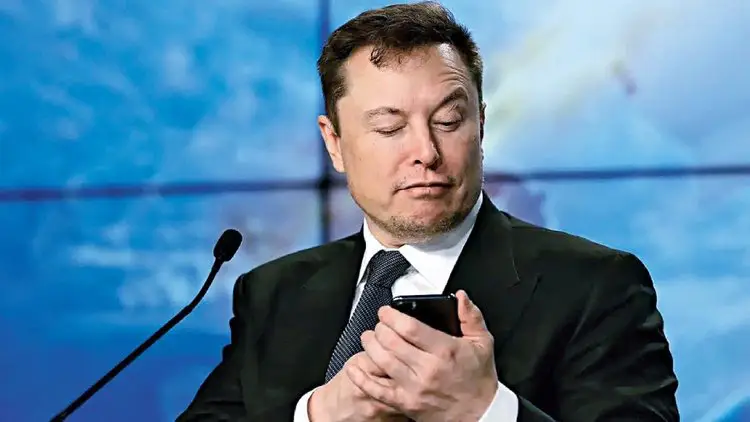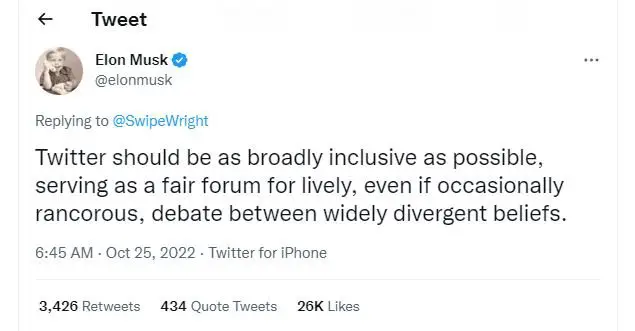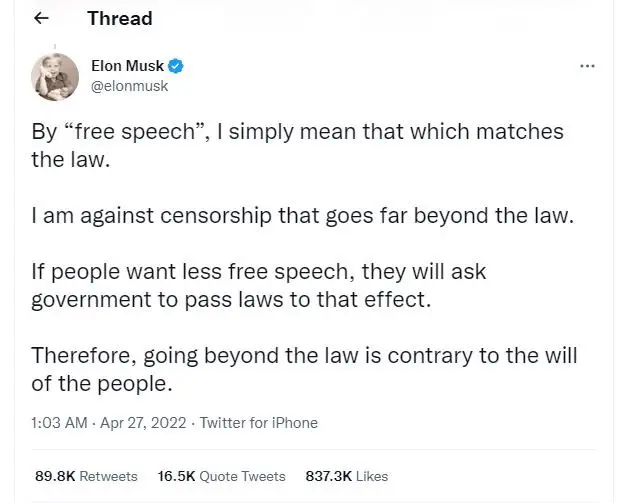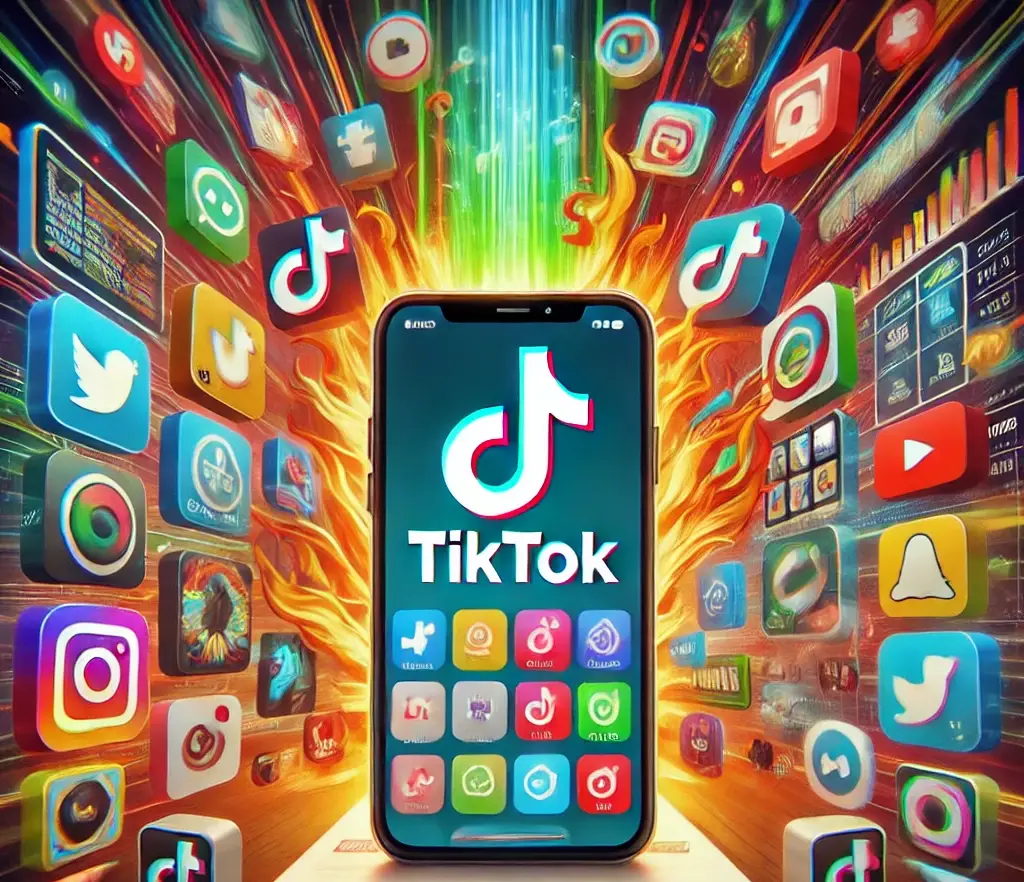Elon Musk completes his acquisition of Twitter and dismisses several top executives.

Elon Musk has never been accused of having small ambitions. With Tesla, his electric vehicle company, and SpaceX, his rocket company, he has reinvented at least two industries, and his ambitions are now carrying over to his $44 billion acquisition of Twitter.
Here’s a sneak peek at what Mr Musk sees for the social media service in the coming years.
HIRE 3,600 PEOPLE AFTER LAYING OFF HUNDREDS.
Mr Musk expects Twitter to have 11,072 employees by 2025. That would be an increase from around 7,500 today.
He expects the number to fluctuate in the interim, rising to 9,225 employees in 2022, and then falling to 8,332 in 2023 before increasing again. According to a person familiar with the situation, Mr Musk is likely to lay off employees as part of his takeover before bringing on new engineering talent. Stock-based compensation costs are also expected to rise from $914 million in 2022 to just over $3 billion by 2028.
The majority of the layoffs will be at the top and in project management, where many projects have not come to fruition or are not great ideas, and they will cut a lot of these projects. Based on the job cuts that they’ve already made, he’s saved himself probably a hundred million dollars in compensation just by firing very overpaid Twitter executives.

THE TWITTER 1.0 & 2.0 PHASES
Twitter Version 1.0 is truly repairing and improving the platform. It revolves around a three-pronged strategy. First, it is cleaning up the platform and developing some sort of verification system to ensure that users are indeed people. And this will provide advertisers and users with a far better platform for sharing information and ideas than the current system, in which bots attack everything you tweet. Second, it is about developing a subscription model so that not all revenue is derived from advertising. This subscription will include many different factors, such as verification and many other minor benefits, such as perhaps an edit feature. The third phase is all about growing the creator community. Most other platforms, whether commerce-related, such as Instagram, or simply information or entertainment-related, such as TikTok, do not provide great monetization for creators. And that’s really Elon’s focus: getting great creators back on the platform and providing a way for them to make a living, similar to YouTube.
While Twitter 2.0 remains a mystery, we don’t really know what it is. Ride sharing? Fintech? Crypto Shopping? Anything is possible. Starlink is an example of where Elon sees Twitter 2.0 because Starlink was not even an idea when they started SpaceX, and Starlink ended up becoming this amazing project out of SpaceX.
REDUCE TWITTER’S RELIANCE ON ADVERTISING REVENUE
Advertising would account for 45 percent of total revenue under Elon Musk’s plan, down from around 90 percent in 2020. According to the document, advertising would generate $12 billion in revenue and subscriptions would generate nearly $10 billion. Other sources of revenue would include businesses such as data licensing.
GREATER INCLUSIVITY, FREE SPEECH BUT WITHIN THE BOUNDARIES OF THE LAW
Elon Musk believes that by opening up Twitter more, a broader range of beliefs can be debated on the platform in a healthier — even if sometimes bitter — manner, rather than in the real world, where things frequently turn violent. To achieve this, the platform should be made as “broadly inclusive” as possible.

Many people have expressed concern about Twitter becoming an unmoderated platform following Elon Musk’s conversion to a free-speech absolutist. To be more specific, Elon would create transparency through a process, improve algorithms to detect hate and bad speech, hold everyone accountable to the same standards, and create a great marketplace for ideas.

ELON & HIS LOVE FOR CRYPTO & PAYMENTS
It is expected that cryptocurrencies and the digital ecosystem will be integrated into Twitter’s commerce and creator elements. So, when you start thinking about trading digital goods and services and digital commerce, such as with cryptocurrencies, and you add that element to Twitter as an overall platform for good services, ideas, entertainment, and so on, it begins to resemble Elon Musk’s vision of Twitter 2.0.
Twitter’s payments business is expected to generate $15 million in 2023 and $1.3 billion by 2028. The company’s payments business, which includes tipping and shopping, is currently insignificant. Given his role in popularising PayPal, the digital payment service, there has been speculation that Mr. Musk may add payment functionality to Twitter.


